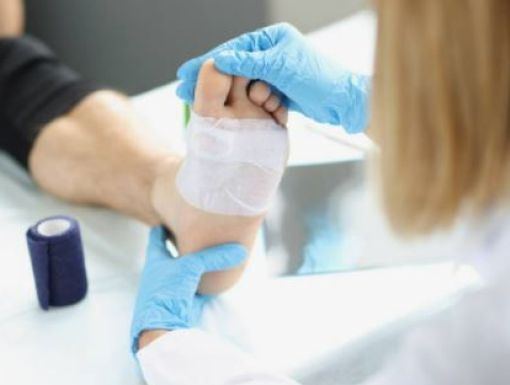
What Are Symptoms of Sepsis?
Sepsis is a serious condition that happens due to infection. Our immune systems are amazing, but sometimes they overreact and cause harm to our bodies by damaging our organs and causing them to stop working well.
Serious infections caused by exposure to dangerous bacteria can cause sepsis, but more common infections like pneumonia or urinary tract infections can also be the culprit.
It is important these conditions are treated early to minimize the risk of developing sepsis. This is especially true for patients with lots of medical problems or weakened immune systems, as well as young children or elderly adults.
If sepsis is recognized and treated early, the chances of recovery are much higher. Symptoms of sepsis vary by age group.
Sepsis symptoms in children under 5:
- looks mottled, bluish or pale
- is lethargic or difficult to wake
- feels abnormally cold to touch
- is breathing rapidly
- has a rash that does not fade when you press it
- has a fit or convulsion
These are other symptoms you should watch for:
Temperature
- temperature over 100.4 degrees in babies under 3 months
- temperature over 102.2 degrees in babies aged 3-6 months
- any high temperature in a child who cannot be encouraged to show interest in anything
- low temperature (below 96.8 degrees – check three times in a 10-minute period)
Breathing
- finding it much harder to breathe than normal – looks like hard work
- making "grunting" noises with every breath
- can't say more than a few words at once (for older children who normally talk)
- breathing that obviously "pauses"
Toilet/diapers
- has not urinated or had a wet diaper for 12 hours
Eating and drinking
- new baby under 1 month old with no interest in feeding
- not drinking for more than eight hours (when awake)
- bile-stained (green), bloody or black vomit
Activity and body
- soft spot on a baby's head is bulging
- eyes look "sunken"
- child cannot be encouraged to show interest in anything
- baby is floppy
- weak, "whining" or continuous crying in a younger child
- older child who's confused
- not responding or very irritable
- stiff neck, especially when trying to look up and down
Symptoms of sepsis in older children or adults may look different than symptoms in younger children.
Early symptoms of sepsis in older children and adults may include:
- a high temperature (fever) or low body temperature
- chills and shivering
- a fast heartbeat
- fast breathing
In some cases, symptoms of more severe sepsis or septic shock (when your blood pressure drops to a dangerously low level) develop soon after. These can include:
- feeling dizzy or faint
- a change in mental state – such as confusion or disorientation
- diarrhea
- nausea and vomiting
- slurred speech
- severe muscle pain
- severe breathlessness
- less urine production than normal – for example, not urinating for a day
- cold, clammy, and pale or mottled skin
- loss of consciousness
What are common sepsis treatments?
Testing for sepsis may include different types of blood work, urine testing, and sometimes X-rays or other imaging tests to try to find the cause of the infection. Treatment depends on the cause, but often includes IV fluids and antibiotics. When sepsis becomes severe or critical, other treatment is required like supporting breathing or medication to help stabilize blood pressure.
We are working tirelessly to provide the best possible care for sepsis with early detection, rapid treatment and close monitoring. If you suspect sepsis, please tell your care team about your symptoms.
Although the word “sepsis” is over 3,000 years old, we are still learning every day how to better serve our patients with this diagnosis. We at Ochsner Health take this condition seriously, and we want our patients to do the same.
Find an Ochsner urgent care near you.


